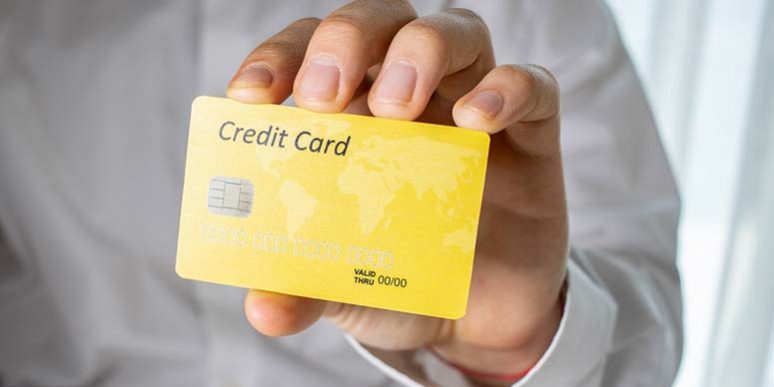If you are looking to get a credit card but you are actually new in the whole world of banks and financial processes, you should make sure to do a lot of research on it and get advice from people who know about it.
Because if something goes wrong with your credit or loans, the consequences could be terrible for your financial stability.
So let’s start with the basics, a credit card is a thin plastic rectangle issued by a finance company.
It allows the holder to borrow funds to pay for goods and services. Credit cards impose the condition that the holder pays the borrowed money, plus interest, as well as any additional agreed charges.
You need to know that your credit score plays a very important role in credit cards and loans, we will tell you why:
A credit card is the most common way to access a line of credit. Cards are generally issued by a bank or financial services company.
They allow cardholders to make purchases on credit without having to use cash. Instead, the charges accumulate as a balance that must be paid on a monthly billing cycle, giving the buyer more time to gather the money.
The amount of a credit card line of credit, usually called a credit limit, is determined by the credit score and income of the cardholder.
When the credit card holder pays their statement balance in full each month, they can expect their credit score to increase.
Consequently, you are more likely to qualify for better loans at higher amounts and for activities that require good credit, such as renting an apartment. Besides, almost all credit cards work with some type of rewards program in which cardholders earn points for every dollar they spend, which can be redeemed for cash back, frequent flyer miles, or goods and services.
Such rewards can even be expanded if the credit card is jointly issued by a bank and a retailer, in what is called a co-branded card.
In this case, the points earned may be worth more when used in the retailer’s store than when issued the card.
Types of credit cards
Before applying for a credit card, you must be very clear about what type of card best suits your needs and requirements.
There are many types of credits, the best known are:
Standard credit cards
These credit cards are the most common and are available in most banks and financial groups. They are not guaranteed, which means that you don’t have to put down a security deposit to show that you are going to pay the fees.
How the annual percentage rate is offered or calculated for these cards can vary. Here are two examples:
- Balance transfer credit cards:
Balance transfer credit cards work by allowing consumers to transfer a high-interest credit card balance to a low-interest rate credit card. Currently, the most common balance transfer credit cards on the market are those that offer an introductory annual percentage rate (APR or Annual Percentage Rate) of 0%.
This introductory or “teaser” rate lasts from several months to a year.
The terms of balance transfer credit cards vary from issuer to issuer, so be sure to read the terms and conditions carefully before applying for one.
- Low interest credit cards
Low-interest credit cards work by offering a low introductory APR that jumps to a higher rate after a certain period, or a low, fixed, one-time APR.
Low-interest cards can be very useful when consumers need to make a large purchase, allowing them to pay for several months to a year with little or no interest.
Before using a low-interest card, read all the terms and conditions of the introductory rate so that you won’t be surprised later by the fees or interest that accrues.
Credit cards with rewards
These cards allow users to earn incentives (in the form of points) when making purchases. Points accumulate for every dollar loaded on the card, and cardholders can redeem these points for various rewards.
Reward cards generally require better than average credit for approval.
Credit cards with cashback
This type of credit card allows you to earn cash rewards for making purchases.
The more you use the card, the more cash rewards you will receive. Most cashback cards earn users about 1% of total purchases, excluding interest and finance charges.
Credit cards with rewards programs
Reward credit cards are similar to cashback cards in that cardholders can accumulate points according to a reward structure, which is based on the way the card is used over a period of time.
Reward cards offer cardholders a variety of items to collect such as:
- Gift cards.
- Electronics.
- Hotel stays.
- Airline tickets.
- Jewelry.
- Pet supplies.
Hotel credit cards or travel points
They are specific to hotels and travel, and some are co-branded with hotels. These credit cards allow you to earn points for all the purchases you make at the card’s hotel, as well as bonus points for stays there.
These points can be exchanged for free nights as well as upgrades to your stay.
Mile cards
These credit cards allow you to redeem your reward points for air travel through any airline, travel agent, or travel website.
Secured credit cards
Secured credit cards require a guarantee for approval. A security deposit of a predetermined amount is required to secure the credit card, and the security deposit generally must be equal to or greater than the credit amount.
The collateral can come in the form of property like a car, boat, jewelry, as well as anything else of monetary value.








